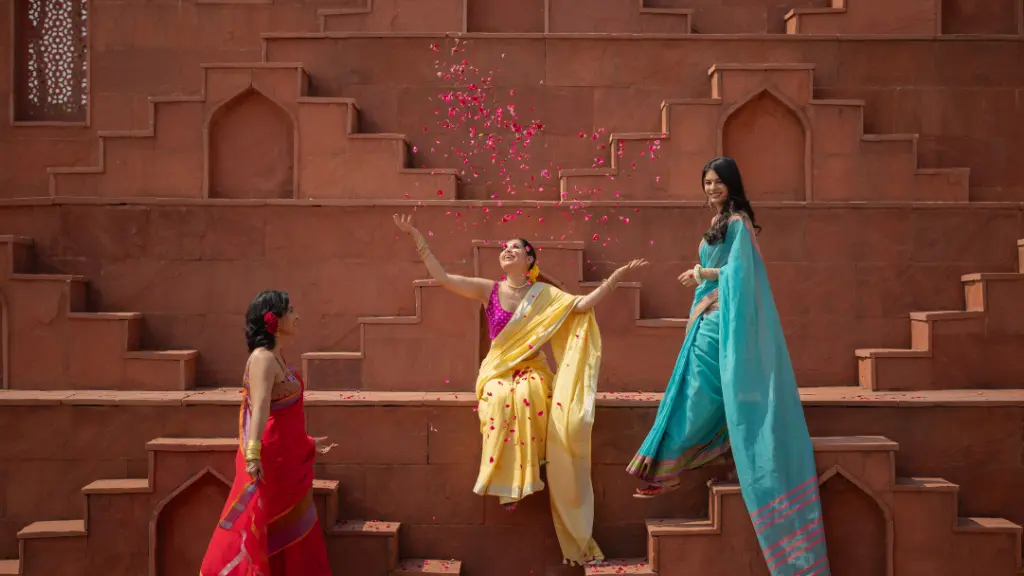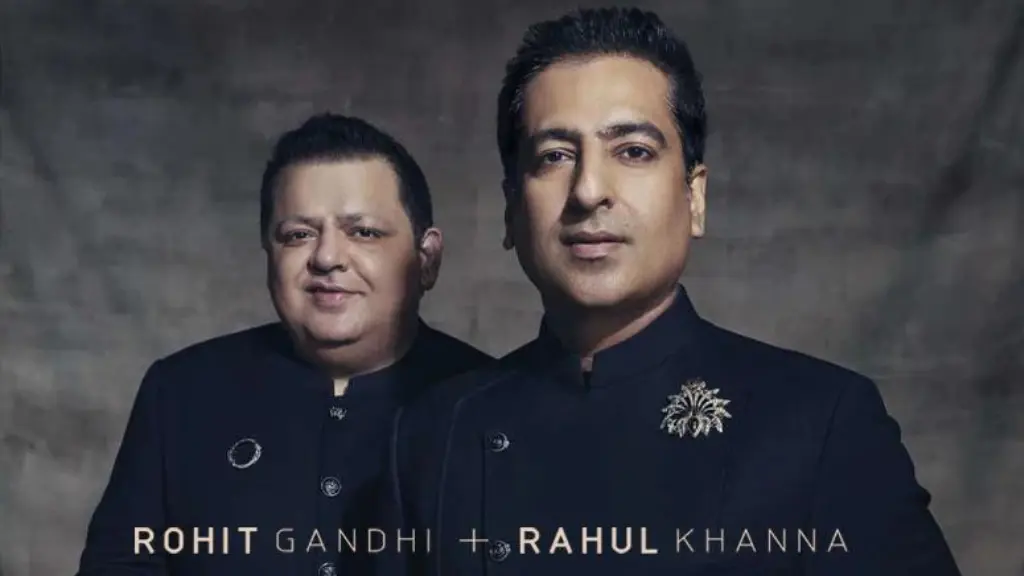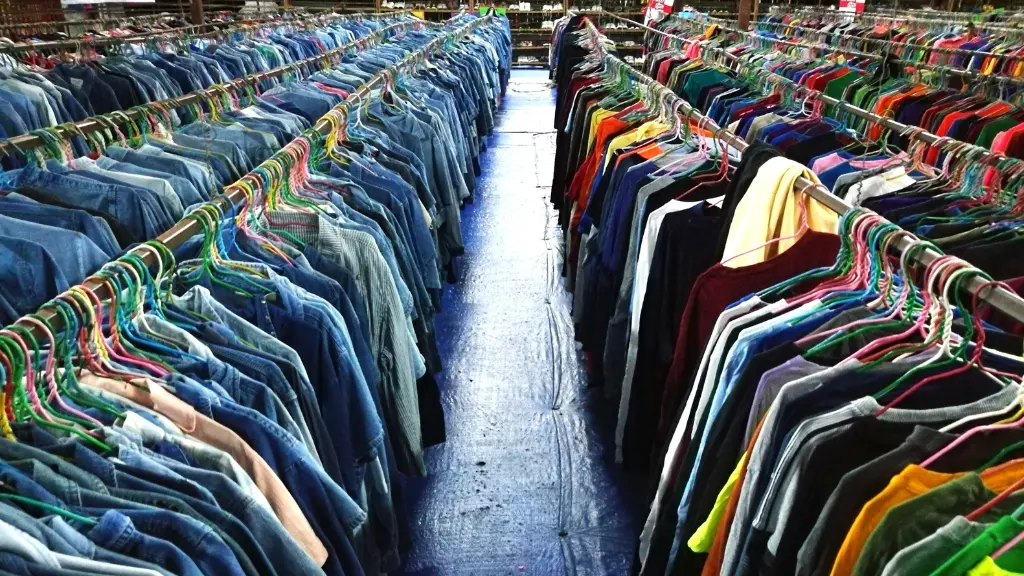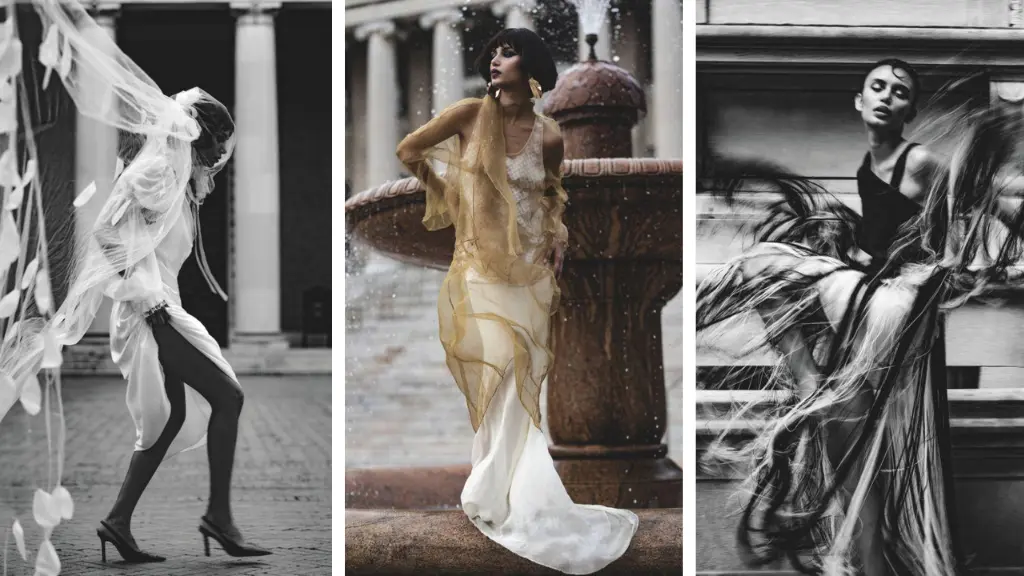In a world where fashion trends evolve at lightning speed, one piece of clothing has stood the test of time and continues to inspire designers globally—the sari.
For centuries, this traditional Indian garment has been a symbol of grace, elegance, and cultural pride. However, in today’s globalized and fast-paced fashion landscape, traditional garments often find themselves at odds with modernity.
Enter Sari Sage, a movement that is reimagining the sari for the contemporary world while staying true to its timeless appeal.
For a U.S. audience unfamiliar with the intricacies of this beautiful garment, the sari may seem like just another exotic piece of clothing. But dig deeper, and you’ll discover that it’s so much more—a blend of history, craftsmanship, culture, and adaptability.
In this article, we’ll take a look at how the sari is being modernized for new audiences, how the essence of this garment is being preserved while embracing innovation, and what it means for fashion in the West.
You May also Like: The History of Haute Couture: Luxury Fashion’s Roots
The Sari: A Cultural Icon
A sari is more than just a piece of cloth; it’s a symbol of India’s vast history, culture, and the lives of its women. The basic sari consists of a single piece of fabric, typically between five to nine yards long, wrapped in various styles.
Each region in India boasts its own unique draping techniques and fabric choices, from the Kanjivaram silks of Tamil Nadu to the handwoven cotton saris of Bengal.
The versatility of the sari is unmatched. It can be worn for formal occasions, daily life, festivals, and rituals. A sari’s identity can change with the fabric, embroidery, or even the way it’s draped.
But as India urbanized, and with the spread of global fashion norms, the sari, like many traditional garments, faced the risk of becoming relegated to special occasions, seen as impractical or outdated for the modern woman who juggles work, home, and social lives.
The Challenge of Modernization
Traditional saris, while breathtakingly beautiful, can sometimes feel cumbersome to wear, particularly for younger generations or those unaccustomed to draping them.
The meticulous process of wearing a sari is an art in itself, requiring practice and time. As a result, many young professionals and millennials opt for more Western-inspired, easy-to-wear outfits like jeans, dresses, or tailored suits.
This shift in daily fashion choices has spurred many Indian designers to rethink the sari. How can such an iconic piece of clothing be preserved while also catering to the evolving needs of today’s women?
How do you strike a balance between tradition and modernity? These questions have led to a resurgence in sari innovation.
The Sari Sage Movement: Where Tradition Meets Modernity
Sari Sage isn’t just a brand or a trend; it’s a movement dedicated to reimagining the sari for modern use, blending the old with the new. Several Indian and international designers have taken on this challenge, reworking the traditional fabric into garments that are more practical for today’s lifestyle.
Designers like Sabyasachi Mukherjee, Anita Dongre, and Payal Khandwala have spearheaded this transformation.
By simplifying draping techniques, incorporating sustainable fabrics, and adding contemporary twists like pockets, pre-stitched pleats, and lightweight materials, these designers have made the sari not just approachable, but desirable for the modern woman.
1. Pre-Stitched and Ready-to-Wear Saris:
One of the most exciting developments in sari modernization is the advent of pre-stitched saris. For someone who might find traditional draping too complex or time-consuming, these saris come pre-folded and fitted, making them as easy to wear as a dress or jumpsuit.
This innovation has democratized the sari, making it accessible to those who want the beauty without the hassle. It’s perfect for women on the go, balancing professional and social commitments without losing their cultural connection.
2. Fusion Saris:
Another major trend is the fusion sari, where traditional Indian draping is combined with Western styles. Think of a sari paired with a tailored blazer or worn over jeans.
This fusion brings together the best of both worlds, making the sari adaptable for occasions where women might feel Western fashion is more appropriate or practical.
3. Sustainable Fabrics and Ethical Craftsmanship:
In line with the global movement toward sustainable and slow fashion, many designers within the Sari Sage movement are turning to eco-friendly fabrics like organic cotton, bamboo silk, and ethically sourced handlooms.
These saris not only reflect environmental consciousness but also support Indian artisans, preserving traditional weaving and dyeing techniques that have been passed down through generations.
The Sari in Western Fashion
While the sari has always been emblematic of Indian culture, its influence has quietly seeped into Western fashion as well. Hollywood stars such as Oprah Winfrey, Mindy Kaling, and Priyanka Chopra have popularized the sari by donning it at international events, often styled in innovative ways that appeal to global fashionistas.
Designers like Rachel Roy and Bibhu Mohapatra, who straddle both Indian and Western fashion industries, are also instrumental in introducing the sari to global runways, making it a statement piece rather than just traditional attire.
Western fashion designers have taken inspiration from the sari’s draping and used it to design asymmetric dresses, wrap skirts, and flowing gowns.
The aesthetic of the sari—its fluidity, its adaptability, its elegance—resonates with a new generation of fashion lovers who value individualism and timelessness.
Bridging Two Worlds: How Sari Sage is Reshaping Cultural Identity
For second-generation South Asians living in the U.S., the sari is often more than just clothing; it represents their cultural heritage. Many in the diaspora have sought ways to embrace their roots while fitting into the broader cultural landscape of the West. The Sari Sage movement allows them to do both. We
a modernized sari, such as a pre-stitched or fusion version, provides an avenue for them to connect with their Indian identity without compromising their personal style or comfort.
This fusion of cultures through fashion also fosters a broader understanding and appreciation of diversity. As saris become more popular and adaptable in Western contexts, they challenge the notion that fashion must adhere strictly to geographic or cultural boundaries.
In fact, one of the most powerful aspects of modernizing traditional garments like the sari is that it can be a bridge, offering people outside of Indian culture the opportunity to engage with it in a meaningful way.
The Future of the Sari
Looking forward, the sari’s journey into modern fashion is only beginning. The Sari Sage movement ensures that the sari continues to evolve, meeting the needs of diverse women, regardless of their geography.
By focusing on versatility, sustainability, and inclusivity, modern saris have the potential to enter mainstream global fashion while staying rooted in their rich heritage.
What makes the sari so special is that it has always been timeless, yet open to reinvention. Just as it has been passed down through generations, it will continue to adapt and evolve, reflecting the changing lives of the women who wear it.
As Sari Sage continues to gain traction, one thing is clear: the sari is not just surviving; it’s thriving in the modern era. Whether in India, the U.S., or anywhere else in the world, the sari stands as a testament to the beauty of cultural fusion, the power of innovation, and the enduring elegance of tradition.











… [Trackback]
[…] Read More here: enchantedchic.com/2024/09/26/sari-sage-modernizing-the-traditional-indian-sari-for-the-modern-world/ […]